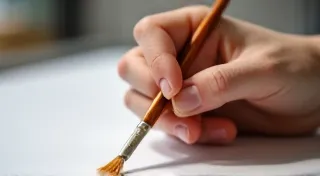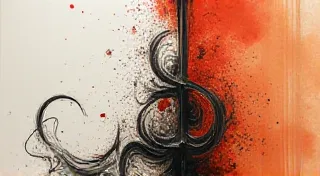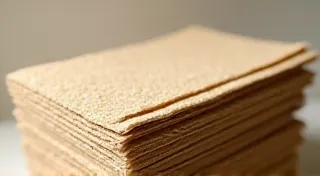Troubleshooting Common Sumie Painting Problems
Sumie painting, the beautiful and meditative Japanese art of ink painting, can feel incredibly rewarding. However, it's also notoriously challenging for beginners. Don’t be discouraged if you encounter problems – everyone does! This guide addresses some common issues faced by those new to Sumie and provides practical solutions to help you improve your technique.
1. Ink Bleeding: A Cloudy Appearance
One of the most frustrating issues for beginners is ink bleeding. This results in a fuzzy, indistinct appearance of your strokes, instead of the crisp lines Sumie strives for.
What's happening? Ink bleeding typically occurs when the paper is too absorbent, or too much water is used in the ink.
Solutions:
- Paper Choice: The paper is crucial! Use washi paper specifically designed for ink painting. Avoid cheap paper towels or printer paper, which absorb ink too quickly.
- Ink Dilution: Experiment with different water-to-ink ratios. Start with less water and gradually add more until you achieve the desired consistency. A general starting point is a 2:1 ink-to-water ratio.
- Brush Control: Apply the ink with even pressure and a consistent stroke. Hesitant or jerky movements can cause uneven absorption.
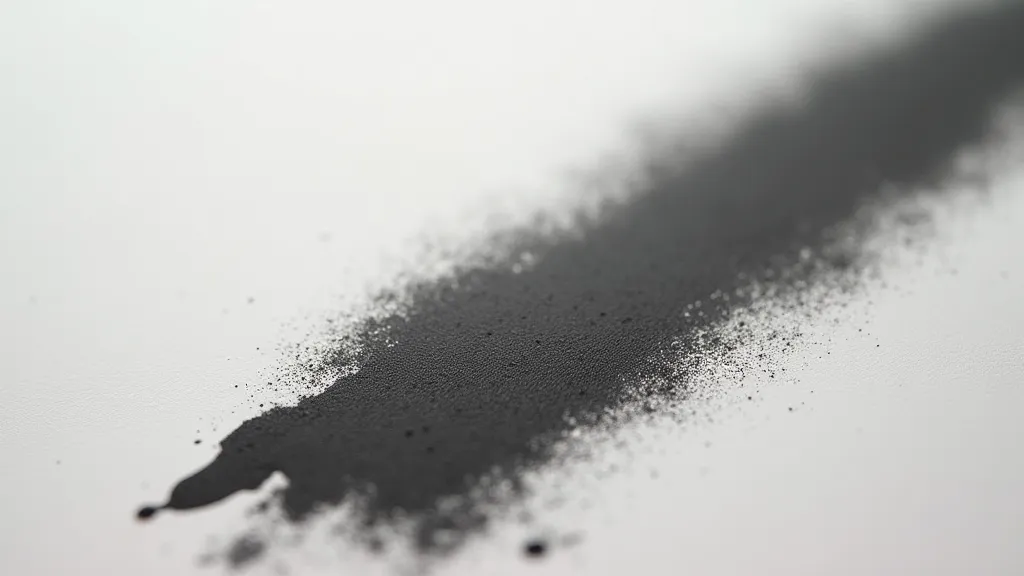
2. Uneven Washes: Spots and Streaks
Creating even washes – areas of diluted ink – is essential for many Sumie subjects like landscapes and clouds. Uneven washes result in noticeable spots and streaks that detract from the overall harmony.
What's happening? This usually happens due to inconsistent ink dilution, uneven pressure on the brush, or a change in the paper’s surface.
Solutions:
- Consistent Dilution: Prepare your ink in a consistent ratio and mix it thoroughly.
- Brush Loading: Ensure your brush is fully loaded with ink and maintain a consistent pressure as you apply it. Practice on scrap paper to develop a feel for the brush.
- Brush Angle: Experiment with the angle at which you apply the brush to the paper. A slightly angled brush can often create a smoother wash.
3. Stiff Brushstrokes: Lack of Flow
Sumie relies on fluid, graceful brushstrokes that convey movement and life. Stiff or jerky strokes can make your paintings look rigid and unnatural.
What’s happening? This is often due to tension in your hand and arm, a brush that's not properly prepared, or a lack of practice.
Solutions:
- Relaxation: Consciously relax your hand, arm, and shoulder muscles. Take deep breaths and try to feel the brush as an extension of your arm.
- Brush Preparation: Properly prepare your brush. This typically involves soaking it in water to fully expand the bristles, and then gently shaping it.
- Practice Strokes: Practice basic brushstrokes repeatedly. Focus on fluidity and rhythm. Try mimicking the movement of natural elements like wind and water.
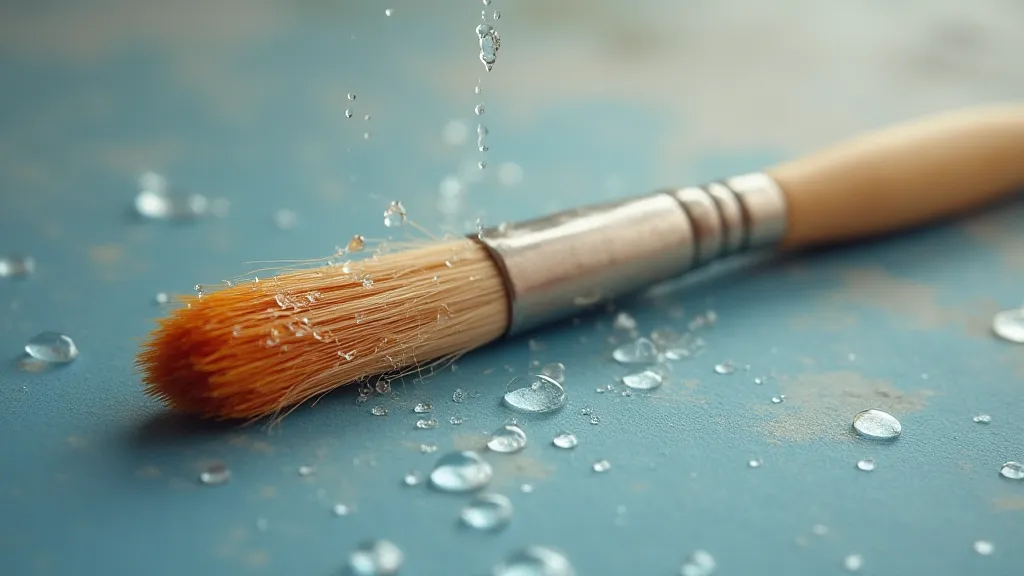
4. Dark/Light Imbalance
Achieving the right balance between dark and light areas adds depth and realism to your Sumie painting. Overly dark or overly light areas can make the painting look flat or unrealistic.
What's happening? Incorrect ink dilution, improper brush control, or a lack of understanding of tonal values can all contribute to this problem.
Solutions:
- Tonal Value Study: Before starting a full painting, practice creating a range of tonal values from dark to light. This will help you develop a better understanding of how different ink dilutions affect the appearance of your strokes.
- Observe Nature: Pay close attention to how light and shadow interact in nature. This will give you a better sense of how to achieve the right balance of dark and light in your paintings.
- Use White Space: Don't be afraid to leave areas of the paper untouched. This creates a sense of depth and allows the viewer's eye to rest.

Sumie painting is a journey of continuous learning and refinement. Don't be discouraged by these challenges – embrace them as opportunities to grow and deepen your understanding of this beautiful art form. Keep practicing, observe carefully, and enjoy the process!
